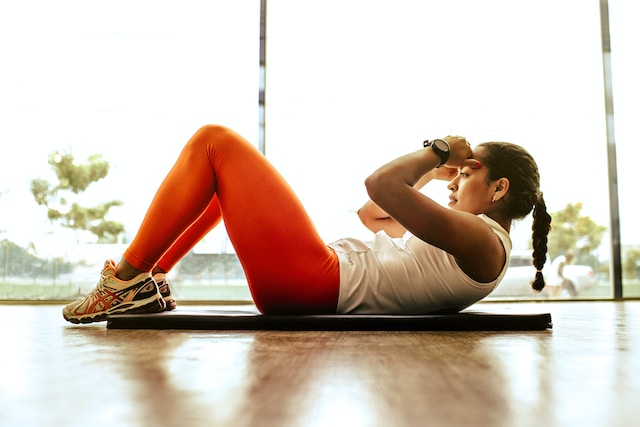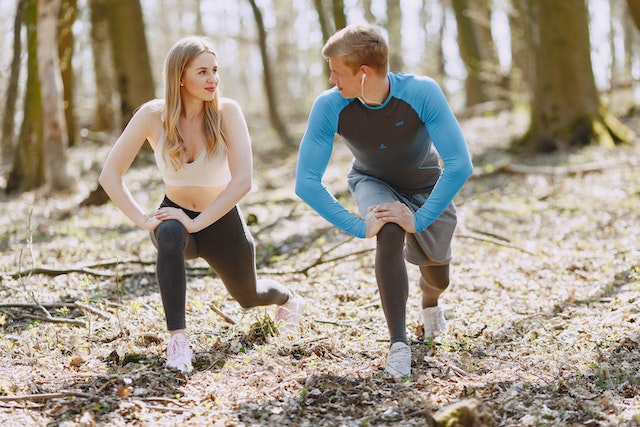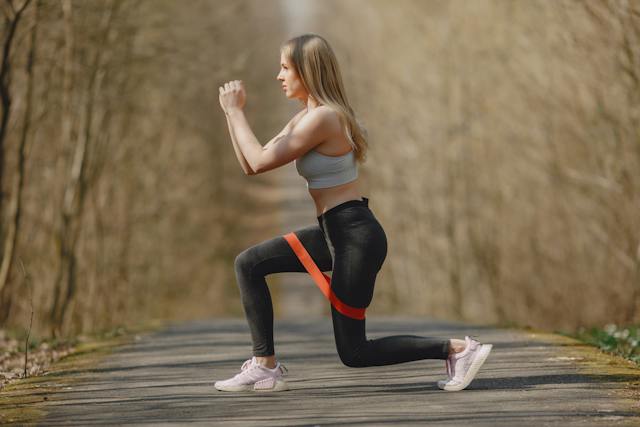If you can’t remember the last time you managed to bend and touch your toes without a struggle, it might be time to get serious about improving your flexibility. Even though some people are born naturally flexible, you shouldn’t despair if you are not part of that group. You can still work on yourself to maintain a normal range of motion (ROM) in your joints and a fit lifestyle. As a result, you will lessen body pain and strain on the joints and boost your athletic performance. Read on to get tips on how you can improve your flexibility.
Listen To Your Body
The best starting point for improving flexibility is to identify the sections of your body that don’t move easily and those that do. It’s easier for most people to disconnect from their bodies and even fail to realize a lack of flexibility. You can walk the journey with a Personal Trainer Düsseldorf, who can help identify your individual needs and tailor your workouts to them. In most cases, tightness happens in the shoulders, neck, and hamstrings due to prolonged sitting down.
Always Maintain Good Posture
When doing any kind of movement that rounds your shoulders forward and puts your head in front of the body, from driving and texting to working on the computer, you make your muscles take an unnatural position. This can lead to tightness and stiffness. Fortunately, you can quickly fix the problem by always sitting upright and straight. Try to avoid bending forward while sitting or when walking.
Emphasize Dynamic Stretching Before An Activity
Consider doing dynamic stretching instead of static at the start of an activity. With dynamic stretching, you move your body back and forth to maintain the full joint’s range of motion without straining or holding the stretch. Fifteen leg swings is a perfect example of a dynamic stretch as you only let the entire leg move around naturally as it finds its range of motion. As time goes by, you will slowly improve your range of motion. Other dynamic stretch examples include butt kicks, hip openers, and Frankenstein walks.
Direct Stretches To Where They Are Needed Most
Identify tight sections of your body to focus more on them and embrace those regular stretches that seem more challenging. For instance, if your hip flexors are quite flexible, but your hamstrings seem tight, target more of your stretching time to that area that needs it. If your job involves sitting down all day, the best thing to do would be to stretch the front side of your hips and chest. If your flexibility is already within the normal joint range of motion, focus on workouts that strengthen muscles to support joints.
Pay Attention To Foam Rolling
Just like traditional stretching, a foam roller is effective at increasing flexibility. For instance, you can use a foam roller on the thigh to improve blood circulation to the muscles. All you do is run the foam roller on the thigh up and down about three to four times, then move your legs to each side of the roller several times. Other than a foam roller, you can use self-myofascial tools like percussion devices and massage balls.
Undertake Static Stretching After Workout
A workout will make your muscles warmer and more pliable. You can now take advantage of that to do post-exercise stretching. Stretch your muscles to their end range of motion and hold the stretch there for about 15 to 60 seconds, then release. Repeat the process again and again.
The correct stretches and workouts will make your body increase its flexibility. Just ensure you do the muscle stretching safely to avoid pain in a joint, straining, or any form of discomfort. The entire process should be painless.



